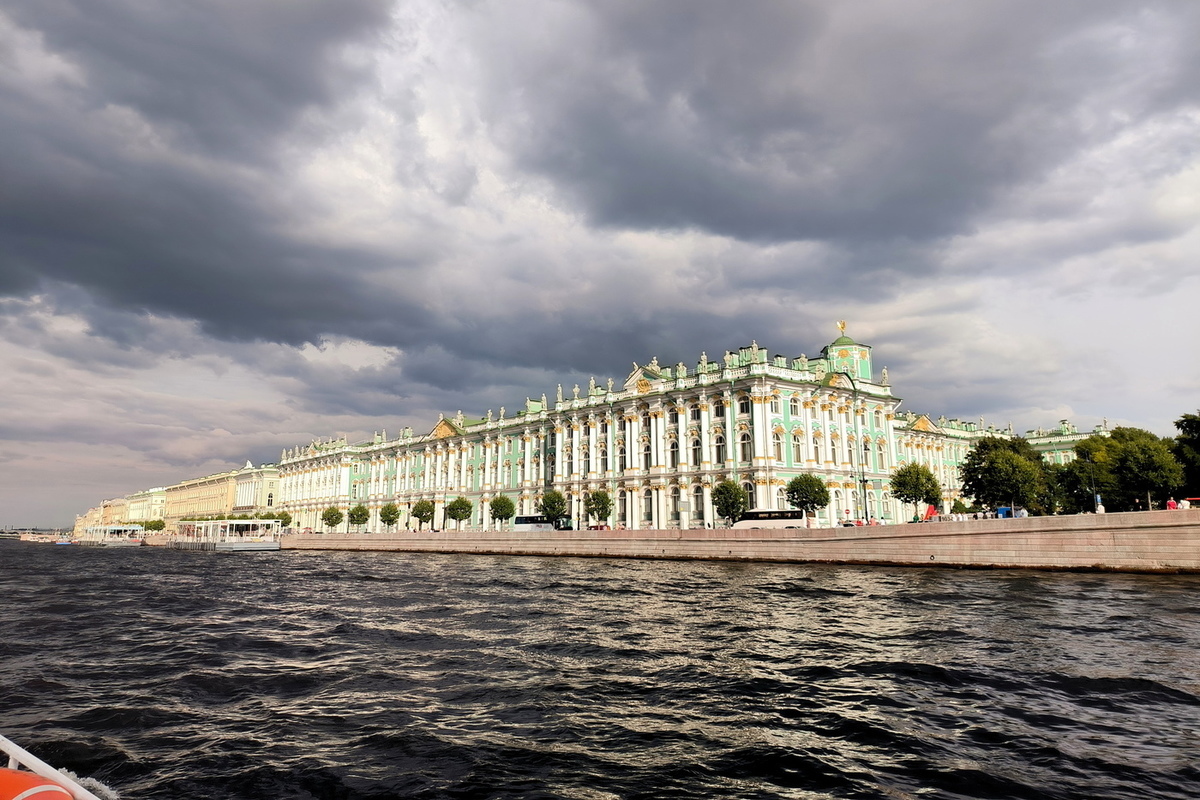Alexander Nevsky’s cancer left the Hermitage
[ad_1]

Mikhail Piotrovsky: “Is it possible to keep in museums something that was not created for museums?”
The removal of the shrine and sarcophagus of Alexander Nevsky took place on the eve of the day of remembrance of the commander, canonized. Although the Hermitage restorers hoped that they would have a few more months to complete the restoration work, which has been going on for the last 12 years. However, the Russian Orthodox Church insisted on timing the transfer of the Nevsky shrine to the Annunciation Church of the Alexander Nevsky Lavra on the memorable day of September 12.
In fact, the memorial complex of the shrine of Alexander Nevsky consists of 9 parts. Of these, only three have now gone to the Alexander Nevsky Lavra: a small shrine (small ark), made in 1695 in the Moscow Baroque style by master Nikifor Pshenichny, and a large shrine with a silver lid-icon, made under Elizabeth Petrovna according to a sketch by the court artist Georg Christoph Groot (in total, more than 100 craftsmen participated in the creation of the sarcophagus). The remaining parts – a large 5-tier pyramid, two pedestals and two candlesticks – have so far remained in the Hermitage. Restoration of the pyramid continues – it is planned to be completed by the end of 2024. Actually, they hoped to hand over the sarcophagi later – by December 1st. But the Russian Orthodox Church insistently asked to speed up for the holiday, the chief curator of the Hermitage Svetlana Adaksina admitted to the St. Petersburg media. We sped up.
The items were packed in three boxes. Each of the parts is separate. Moreover, the small sarcophagus, the large sarcophagus and the lid were not wrapped in anything, but were fixed on pallets with special adhesive tape superimposed on soft foam rubber. They must not be touched because the restorers have coated the objects with a special protective polymer. The boxes themselves were reinforced with special chemically inactive foam rubber around the perimeter so that it worked like an airbag. In addition, the boxes are equipped with some other protective know-how, the secret of which is not disclosed. Eight loaders were required for transportation.
The reliquary will be located in a room on the second floor of the Church of the Annunciation, which was specially equipped with a climate system and a fire safety system for this purpose. Hermitage specialists will monitor temperature and humidity readings remotely. Data from sensors is transmitted in real time from the Church of the Annunciation to computers in the museum. The floors of the temple underwent a separate check, as the Hermitage employees were worried that they might not withstand the heavy weight of the sarcophagi. The study showed that the floors are quite strong.
On September 12, a religious procession will take place in St. Petersburg. At the end of the event, the relics of the holy prince that are in the Lavra will be placed in a small ark, which will be located inside the large one. After the holiday, the lid will be closed, so people will not see the ancient work anytime soon.
At the same time, preparations are underway in Moscow for a restoration council at the Grabar Center regarding the future fate of the Trinity, which is planned to be transferred to the Trinity-Sergius Lavra. The restorers hope to delay the transfer, since the monument of ancient Russian icon painting is in serious condition and in order to show it in the Lavra, special conditions must be created, and a special climatic capsule must be made for the icon itself. Recall that the decision to transfer the “Trinity” to the Russian Orthodox Church was made just when, after many years of disputes, Mikhail Piotrovsky agreed to give the shrine of Alexander Nevsky for the long-term use of the church.
Director of the Hermitage Mikhail Piotrovsky commented on his decision as follows: “What is more important – the ritual role of an object or its artistic role? Is it possible to keep in museums something that was not created for museums? Since people need it, we decided to transfer the tomb complex to the church.”
However, he did not specify whether other objects that were not created for the museum could have been transferred from the Hermitage. For example, Egyptian mummies and tombs, which are kept in the Hermitage.
[ad_2]
Source link






